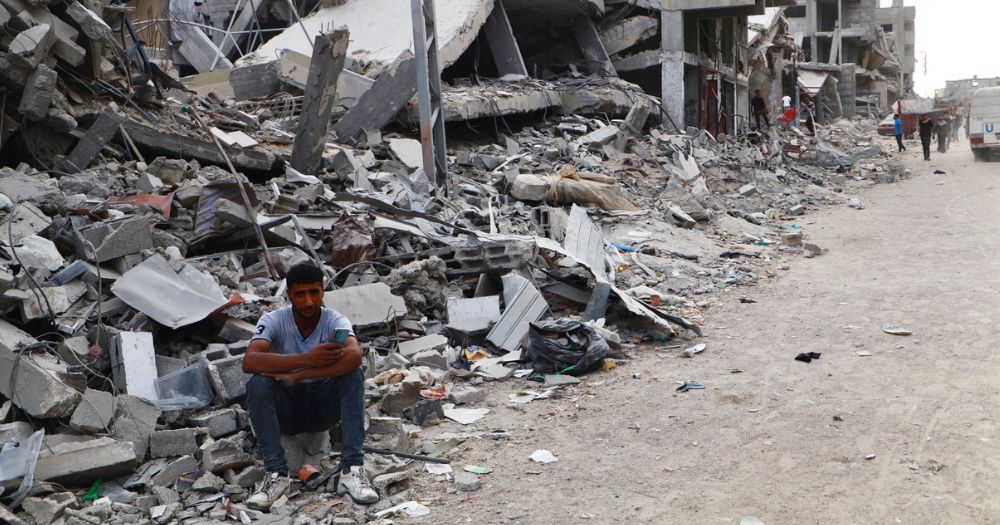The United Nations (UN) has said that it might take 15 years to completely clear around 40 million tonnes of debris from the war in Gaza, Palestine.
According to an assessment published by the UN Environment Programme (UNEP) on Jun. 18, the operation will also cost at least US$500 million (S$670 million) and utilise more than 100 trucks.
It will also require landfills of at least 250 hectares to accommodate all the rubble in Gaza, where 137,297 buildings have been damaged.
Debris may pose health risks and needs to be safely managed
The report comes after an official request from Palestine in December 2023 to assess the environmental impact of the war in the Gaza Strip.
It highlighted one major environmental concern arising from the war, which is war-induced rubble.
The report noted that the bombardment of Gaza by the Israeli Defense Forces (IDF), along with continuous infrastructure destruction has resulted in over 39 million tons of debris.
Some may contain unexploded ordnance (UXOs), asbestos, other hazardous substances, and also human remains.
 Screenshot via UNEP.
Screenshot via UNEP.
The debris in Gaza is now equivalent to the size of 10 Great Pyramids of Giza, or could fill up the Central Park in New York to a height of eight metres.
Long-term inhalation of dust may lead to lung diseases, while the pile-up of rubble acts as physical barrier in terms of access, with major implications on the delivery of humanitarian relief and the return of internally displaced persons.
The UN said that clearing the debris from key infrastructure services and road networks alone might take up to five years.
The removal and disposal of all the debris may take up to 15 years, assuming availability of a reasonable level of heavy equipment.
Recycling 50 per cent of the debris is estimated to require around 45 years.
The cost of the operation is estimated go up to US$513 million (S$868 million).
In its report, UN said: "The vast quantity of debris must be safely managed and to the extent possible, recycled to avoid further contamination of land and watercourses and minimise depletion of scarce natural resources."
Changed topography, damaged critical infrastructure
According to the report, around 62 per cent of all homes, which is equivalent to 290,820 housing units, have either been damaged or destroyed in Gaza.
Many other critical infrastructure, such as schools, hospitals and roads had also been completely destroyed.
One UN official based in Gaza told The Guardian: "In [the southern Gaza City] Khan Younis, there is not one building untouched."
They added that Israeli bombs have changed the landscape, with hills forming "where there were none".
According to The Guardian, Pehr Lodhammar, former United Nationals Mine Action Service chief for Iraq, said that clearing and rebuilding Gaza would be "slow and dangerous" due to the dangers of buried shells, missiles or other weapons under damaged buildings.
Top photo via UNRWA/Facebook
If you like what you read, follow us on Facebook, Instagram, Twitter and Telegram to get the latest updates.



